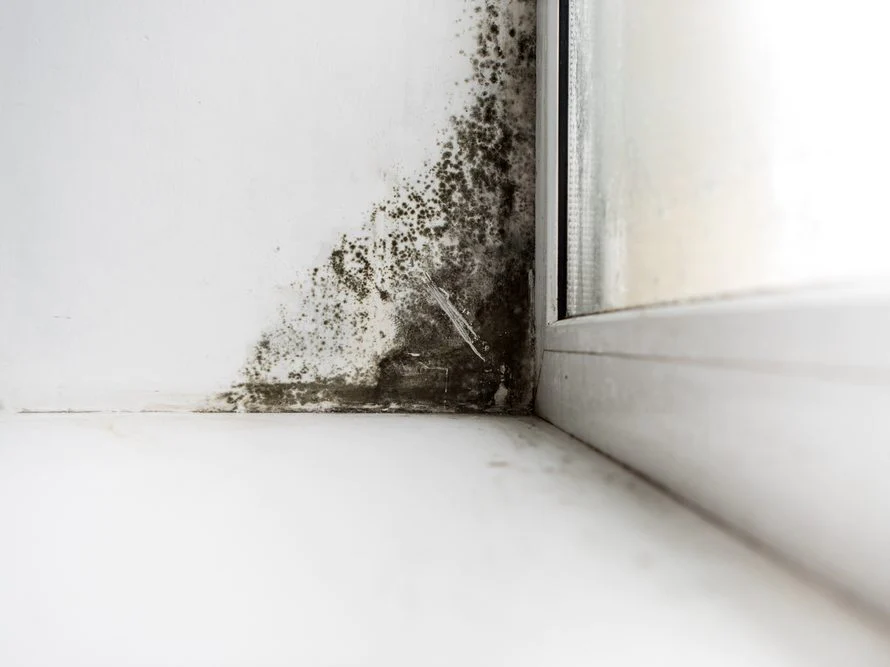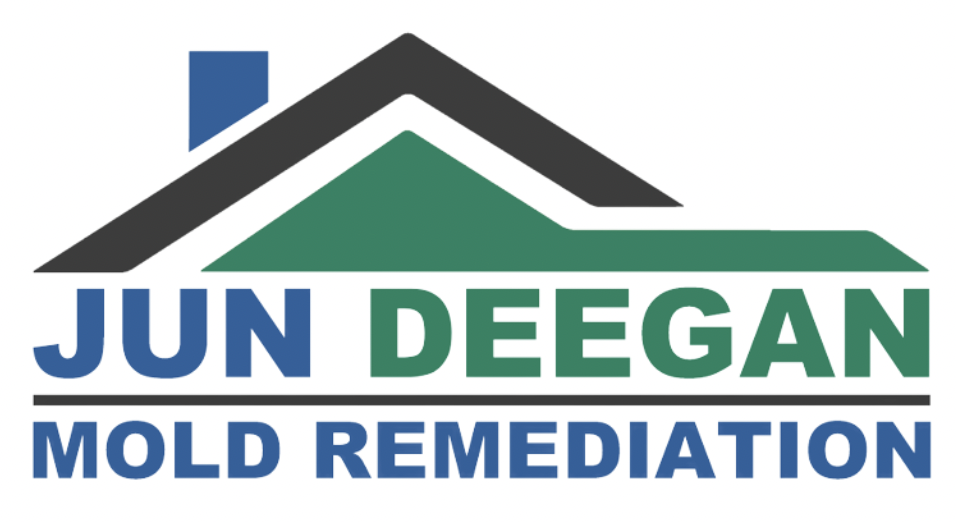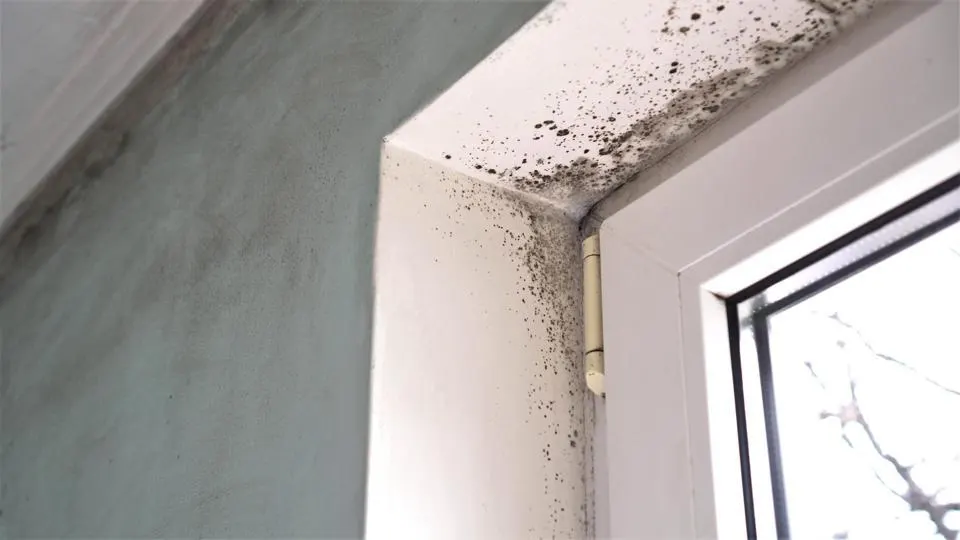Mold inspections are an essential aspect of maintaining a healthy living environment, especially in areas like Berkeley Heights, where various factors can contribute to mold growth. This article delves into the importance of getting a mold inspection in Berkeley Heights, covering the health risks associated with mold, the conditions that lead to mold growth, the benefits of early detection, and the steps involved in a mold inspection.
Berkeley Heights Mold Inspection
Health Risks of Mold
Mold, a type of fungus, can grow indoors and outdoors under the right conditions. In Berkeley Heights, where the climate can be conducive to mold growth, it’s particularly important to be vigilant. Exposure to mold can lead to a range of health issues, especially for those with allergies, asthma, or compromised immune systems. Symptoms of mold exposure can include nasal stuffiness, throat irritation, coughing or wheezing, eye irritation, or, in some cases, skin irritation. For those with mold allergies, reactions can be more severe. Thus, ensuring a mold-free environment is crucial for maintaining good health.
Conditions for Mold Growth
Understanding the conditions that lead to mold growth is key to prevention. Mold thrives in moist, warm environments and can grow on a variety of materials, including wood, paper, carpet, and foods. Common causes of mold growth include water damage, high humidity levels, and inadequate ventilation, especially in basements, kitchens, and bathrooms. Older homes might be particularly susceptible due to outdated plumbing and poor ventilation, making a Berkeley Heights mold inspection even more crucial.
 Benefits of Early Detection
Benefits of Early Detection
Early detection through regular mold inspections can save homeowners both health troubles and financial burdens. If left unchecked, mold can spread quickly, leading to extensive property damage and costly repairs. More importantly, early detection minimizes health risks. Getting a routine mold inspection in Berkeley Heights can identify potential mold problems before they escalate, ensuring a healthier living environment.
The Mold Inspection Process
A Berkeley Heights mold inspection in typically involves several key steps:
- Visual Inspection: Mold inspectors begin with a thorough visual examination of the property, looking for signs of mold growth and sources of moisture.
- Moisture Measurement: Since mold requires moisture to grow, inspectors use tools like moisture meters to identify areas of excessive moisture.
- Sampling: In some cases, inspectors may take air or surface samples to test for mold spores. These samples are usually sent to a lab for analysis, which can confirm the presence and type of mold.
- Analysis and Report: After the inspection, the inspector provides a detailed report, including findings, lab results, and recommendations for remediation and prevention.
- Remediation Guidance: If mold is found, the inspector can offer guidance on the remediation process. This may involve professional mold removal services, especially if the infestation is extensive.
Choosing a Mold Inspector
When selecting a mold inspector in Berkeley Heights, it’s important to choose a qualified professional. Look for inspectors who are certified in mold inspection and remediation, have experience in the field, and come with good references. A reputable inspector will have the knowledge and tools to conduct a thorough inspection and provide valuable insights and recommendations.
A Berkeley Heights mold inspection is a crucial step in maintaining a healthy and safe living environment. With the potential health risks and property damage that mold can cause, regular inspections are a wise investment. They not only help in early detection and remediation of mold but also provide peace of mind, knowing that one’s home is safe and healthy. Homeowners consider mold inspections as an essential part of their home maintenance routine.


 Benefits of Early Detection
Benefits of Early Detection